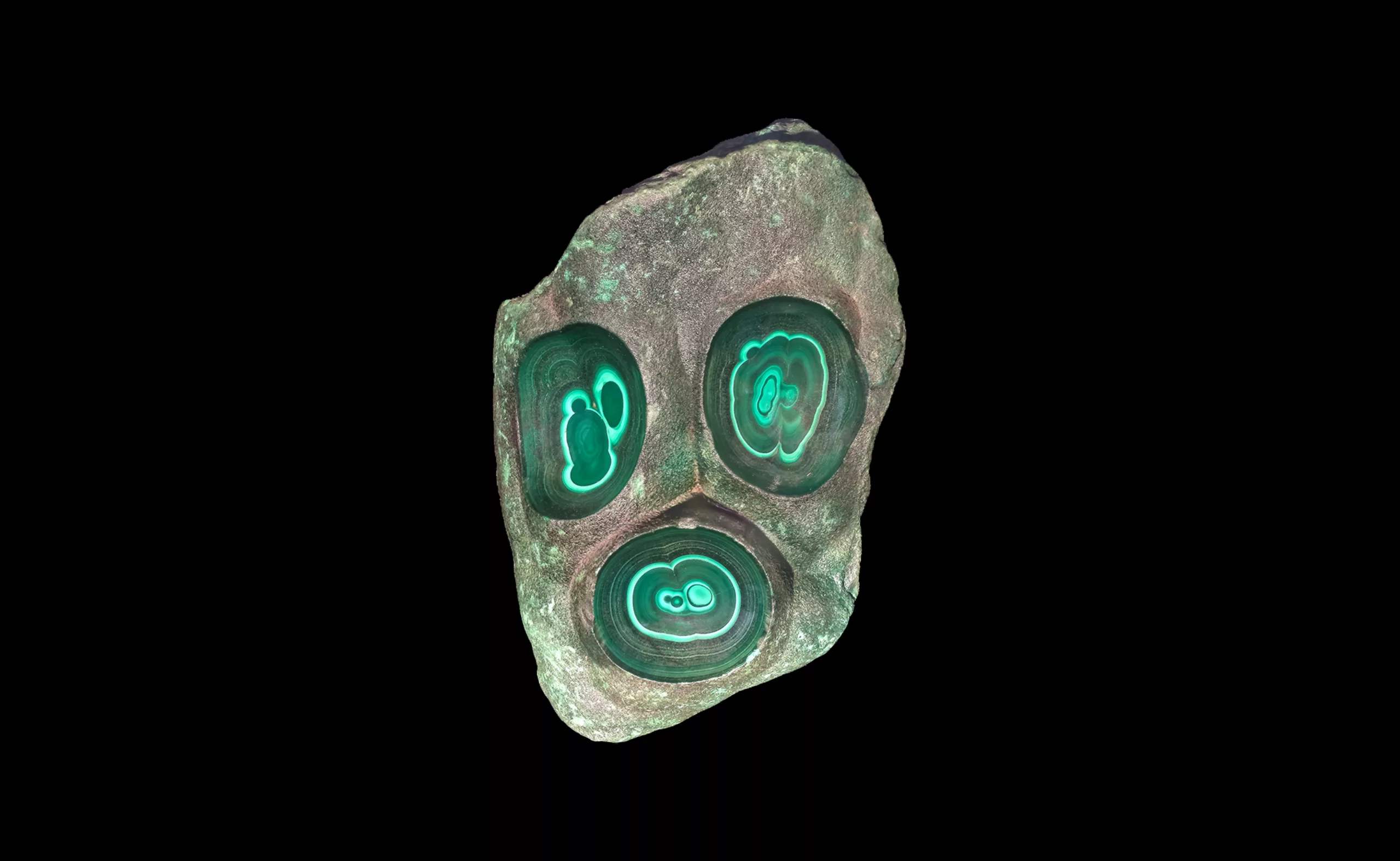The Noailles “A Life of philanthropy”
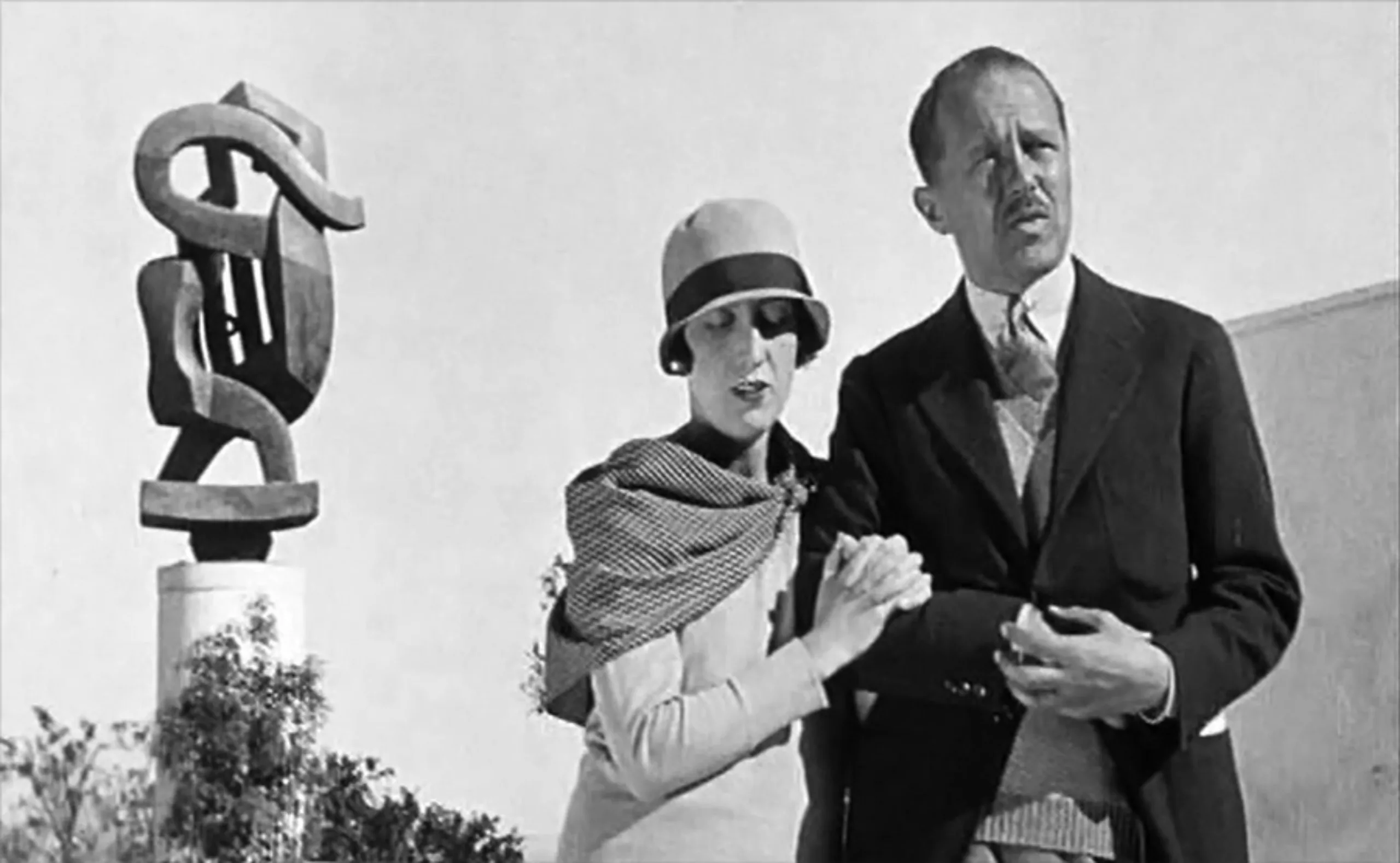
A mythical couple, great patrons of design and fashion
Our recent visit to Villa Noailles, during the International Fashion and Photography Festival, allowed us to discover the fabulous history of this villa and its illustrious inhabitants Charles and Marie-Laure de Noailles.
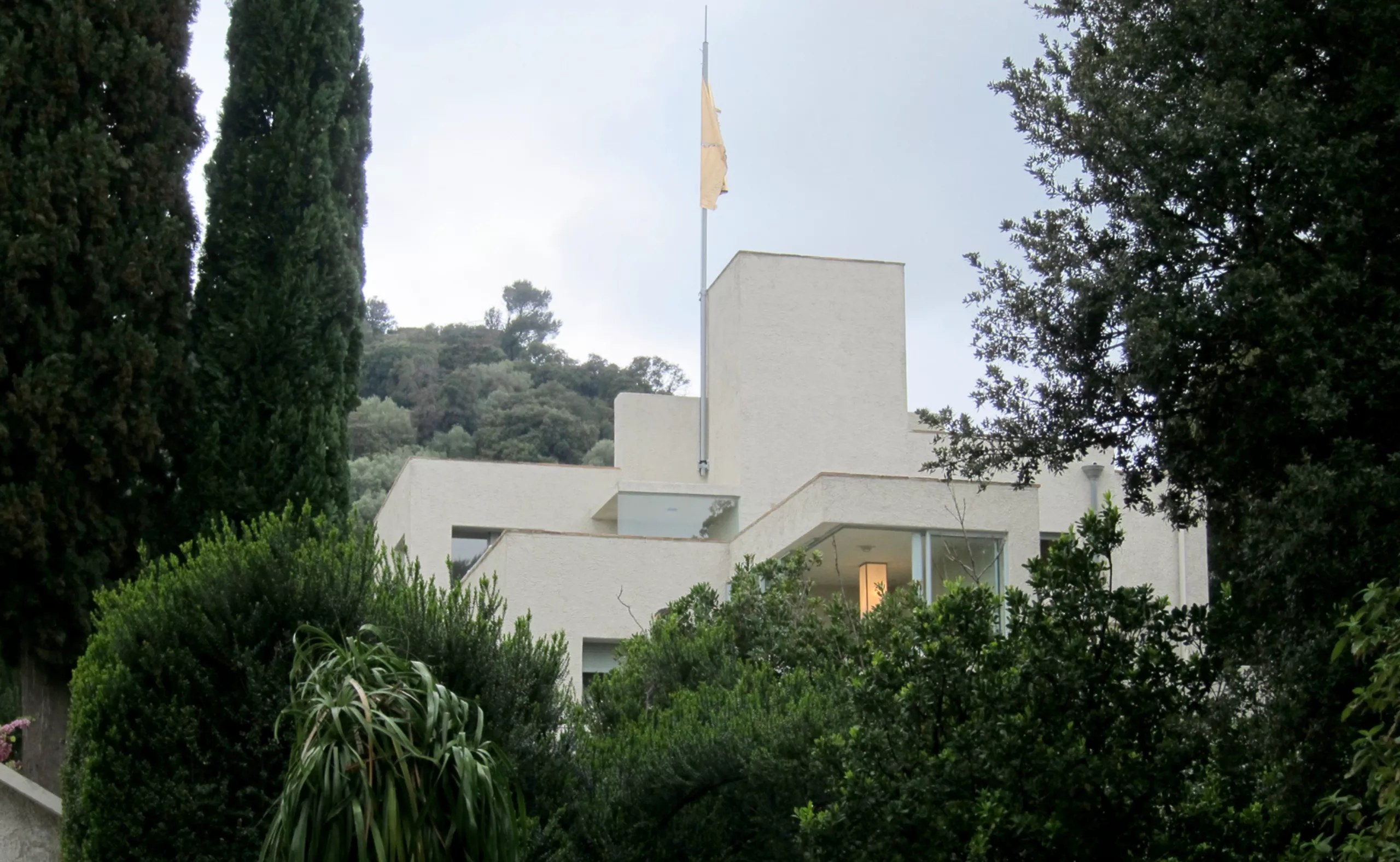
This villa is one of the very first modern style buildings built in France. Designed in December 1923 and inhabited from January 1925, the original villa built for Charles and Marie-Laure de Noailles by architect Rob. Mallet-Stevens applies the founding precepts of the rationalist movement: functionality, purification of decorative elements, roofs, terraces, light, hygiene… The extensions which will succeed one another until 1933 as well as the remarkable development of the site (square, gardens) will make of the modest holiday house a true immobile liner of 1800m2: fifteen master bedrooms, all equipped with bathrooms, a swimming pool, a squash, a hairdressing salon, a teacher of gymnastics in residence, etc… The clocks connected to a central system, the retractable bays or the mirror windows contribute to the modernity of the place.

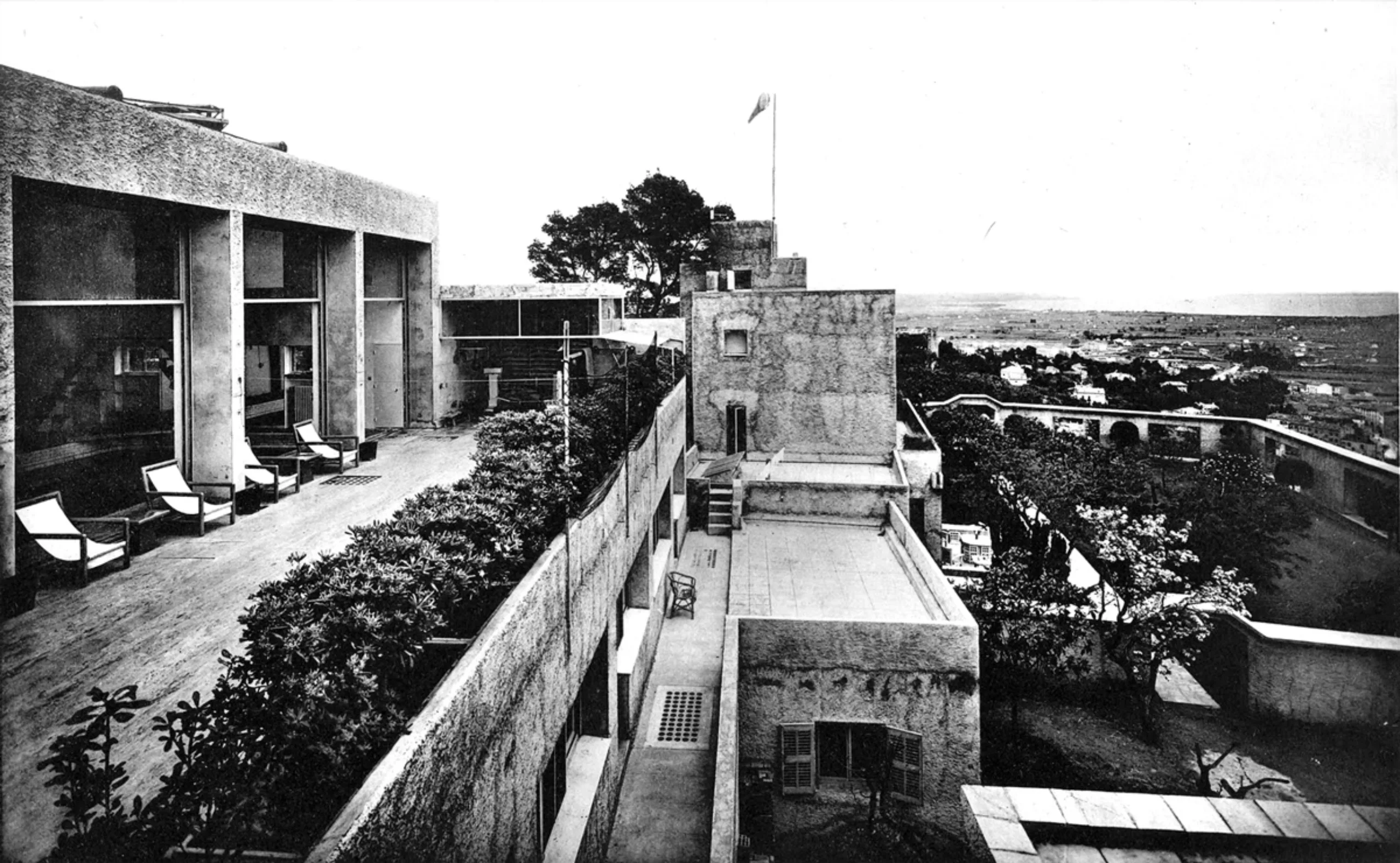
Heliotrope house, dominating the bay of Hyères, the villa Noailles celebrates a new art of living where the body and nature are privileged. The decoration calls upon an impressive list of personalities: Louis Barillet for the stained glass windows, Pierre Chareau, Eileen Gray, Djo-Bourgeois and Francis Jourdain for the furniture, Gabriel Guévrékian for the cubist garden, Piet Mondrian, Henri Laurens, Jacques Lipchitz, Constantin Brancusi or Alberto Giacometti for the works of art.
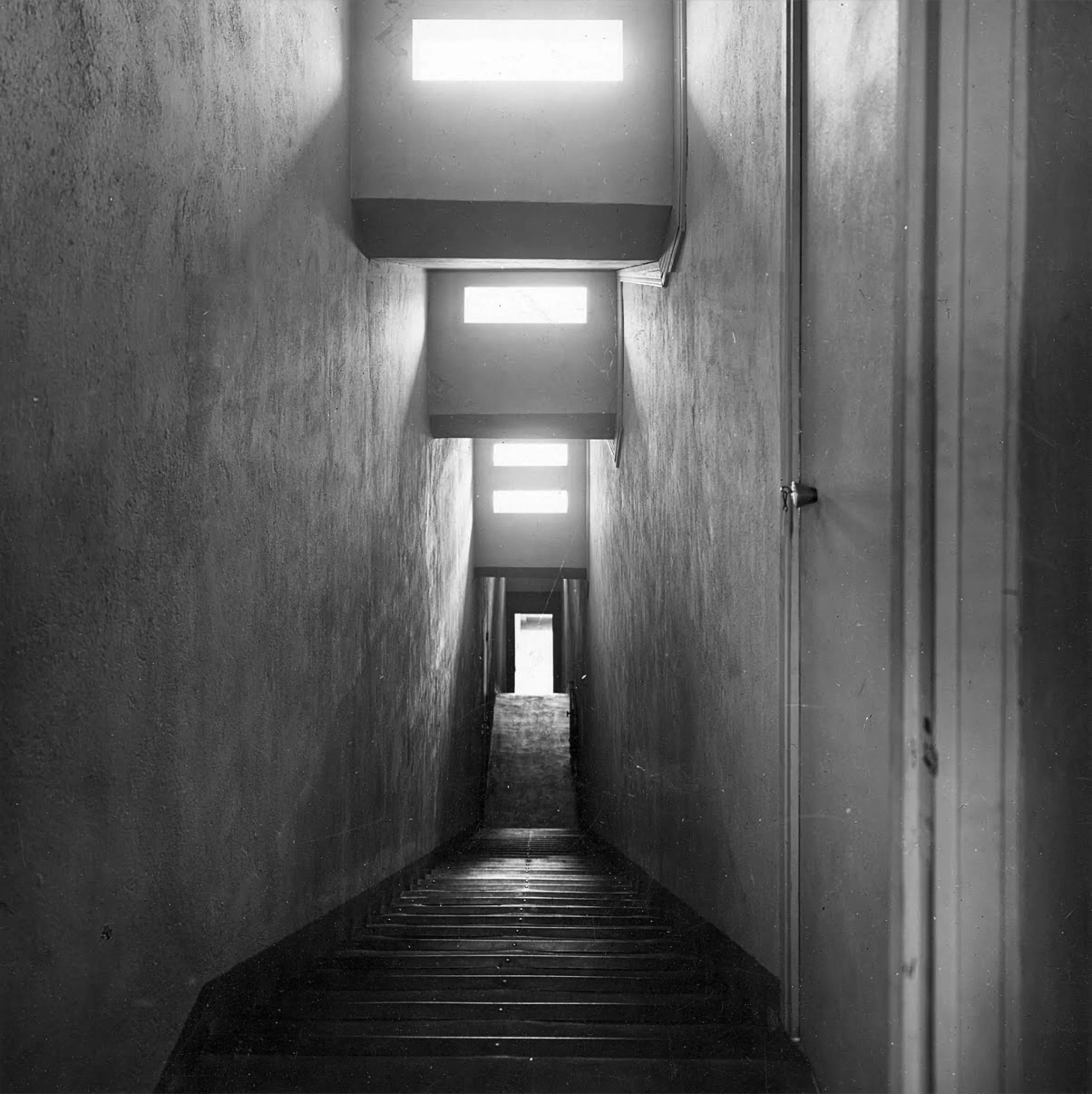
Charles and Marie-Laure de Noailles
Marie-Laure Bischoffsheim (1902-1970) was only two years old when her father, Maurice, passed away, leaving her to inherit a considerable family wealth, along with an outstanding collection of paintings belonging to her grandparents. Two individuals in particular had a marked influence on her youth : her grandmother, Laure de Chevigné, whose modern attitude inspired Proust’s Duchess of Guermantes, and a young poet, called Jean Cocteau, who was to be instrumental in introducing her to the avant-garde of pictorial, musical, and literary arts.
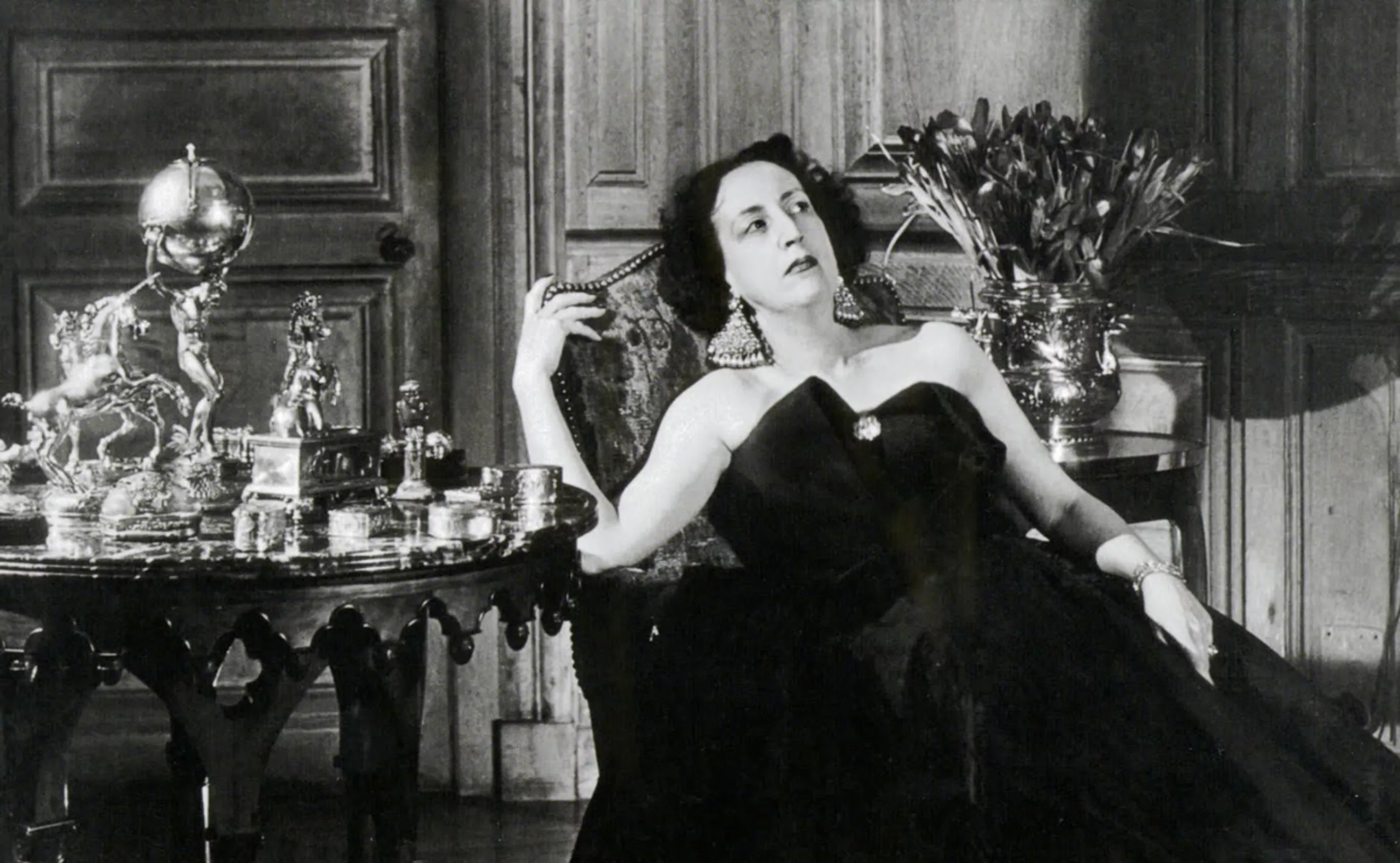
Following the Great War, Charles de Noailles (1892-1981) regularly attended the salons of the count de Beaumont, as did Marie-Laure. The de Noailles lineage, which may be traced back to the Crusades, is scattered with well-known figures, throughout the different periods. Charles de Noailles was to take particular interest in the contemporary decorative arts, architecture, and horticulture. lt was upon these shared passions that their relationship was to form, and in February of 1923, they married in the Provençal town of Grasse.
They perused through the salons and exhibitions of 1925, acquiring furniture and paintings, meeting designers, and consequently, re-furnished their private residence on the place des États-Unis, Paris.
Charles and Marie-Laure de Noailles rapidly developed their own style and , after only a few years, had already made an impression in both the press and artistic circles as two of the most active and interesting benefactors of the second half of the 1920s. The start of the next decade was to see even more ambitious projects, but equally a slowing down of their support, following the scandai provoked by the film , L’Âge d’Or (Age of Gold). The viscount’s patronage continued, but was now more discrete in nature. Marie-Laure de Noailles, on the other hand, stepped out from her usual reserve and started to write, to paint, and received more artists and writers in her home than ever before.

If the Second World War was to mark the end of an era, then Charles and Marie- Laure de Noailles emerged from it with their aura intact. The viscount now seemed more interested in his gardens and in his house in Grasse, but he continued to watch over those projects which were close to his heart.
Marie-Laure, however, followed with a passion the artistic trends of her time and continued to receive her artist and literary friends, in both Paris and in Hyères. Marie-Laure de Noailles supported many young artists up until her death, in 1970.
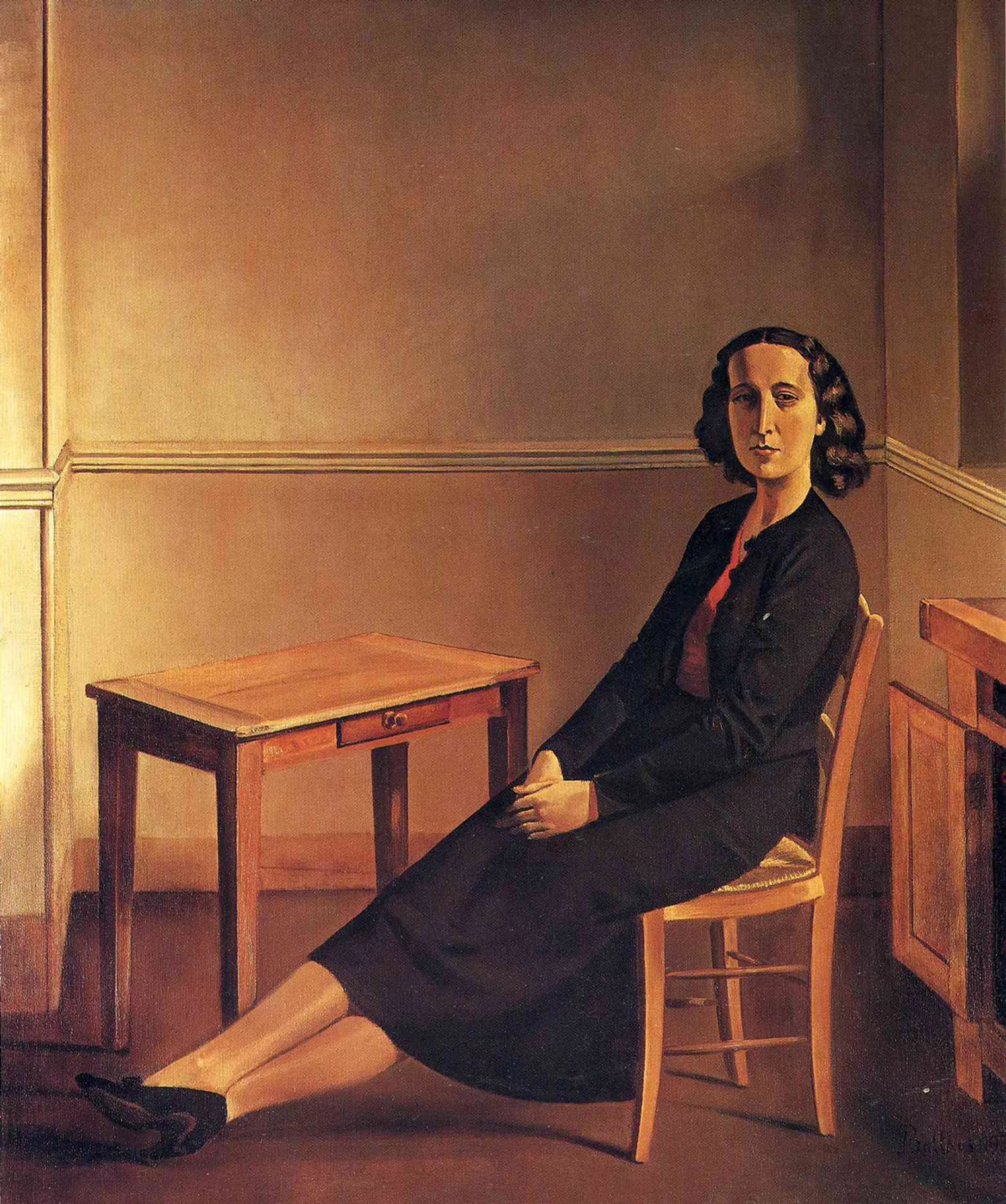
Music, dance and events
Du ring the lnterwar years, Charles and Marie-Laure de Noailles organised themed balls. Many of these soirées offered an opportunity for the commissioning of new works from artists, as well as musicians and dancers, in order to promote their talents. One such example was the ballet, Aubade, commissioned from Francis Poulenc for the Bal des Matières (Materials Ball), and performed at their home on the place des Etats-Unis, in June of 1929, before being reprised at the Théâtre des Champs-Elysées the following year. They also commissioned Georges Auric to compose his first cinematic soundtrack for Cocteau’s debut film ; he was subsequently to write in excess of one hundred more.

ln 1931, the viscount and his wife participated in the creation of the La Sérénade group and concert series, founded by Yvonne de Casa-Fuerte. Through this series – under the artistic direction of the conductor Roger Desormière – they contributed in both the production and distribution of works. Thus, the following year, a concert was given in April of 1932 at Hyères, for five works they had specially commissioned. ln December of the same year, they financed the German composer Kurt Weill’s visit to Paris, along with his musicians for the Parisian premières of two works written with Brecht, Aufstieg und Fall der Stadt Mahagonny (Rise and Fall af the City of Mahagonny) and Der Jasager (The Affirmer), they also provided him with accommodation, du ring his exile, in 1933.
Charles and Marie-Laure de Noailles, without asking for anything in return, were to provide Markevitch and Sauguet with the regular financial support they required for the completion of important works such as: the symphonie cantata Le Paradis Perdu (Paradise Lost) for the former, written in London, in 1935, and the opera la Chartreuse de Parme (The Charterhouse of Parma) for the latter, completed in 1936. Darius Milhaud was also ta receive a commission for a cantata, for the open ing of the Musée de l’Homme (Museum of Man), in 1937.
Though Marie-Laure de Noailles keenly followed the career of her friend, the dancer Serge Lifar, it was after making the acquaintance of Boris Koch no that she was ta offer her support ta some of the great choreographic projects of that time: the Ballet Russe de Monte Carlo, under the leadership of Massine, Edward James’s 6es Ballets 33, and Roland Petit’s Ballets des Champs-Élysées. Over the course of her lite, Marie-Laure de Noailles also surrounded herself with the friendship of numerous, internationally renowned performers, such as : the pianists Jacques Février and Arthur Rubinstein, the cellist Maurice Gendron, the flautist Jean- Pierre Rampal, and the harpsichordist Robert Veyron – Lacroix.
Interior design
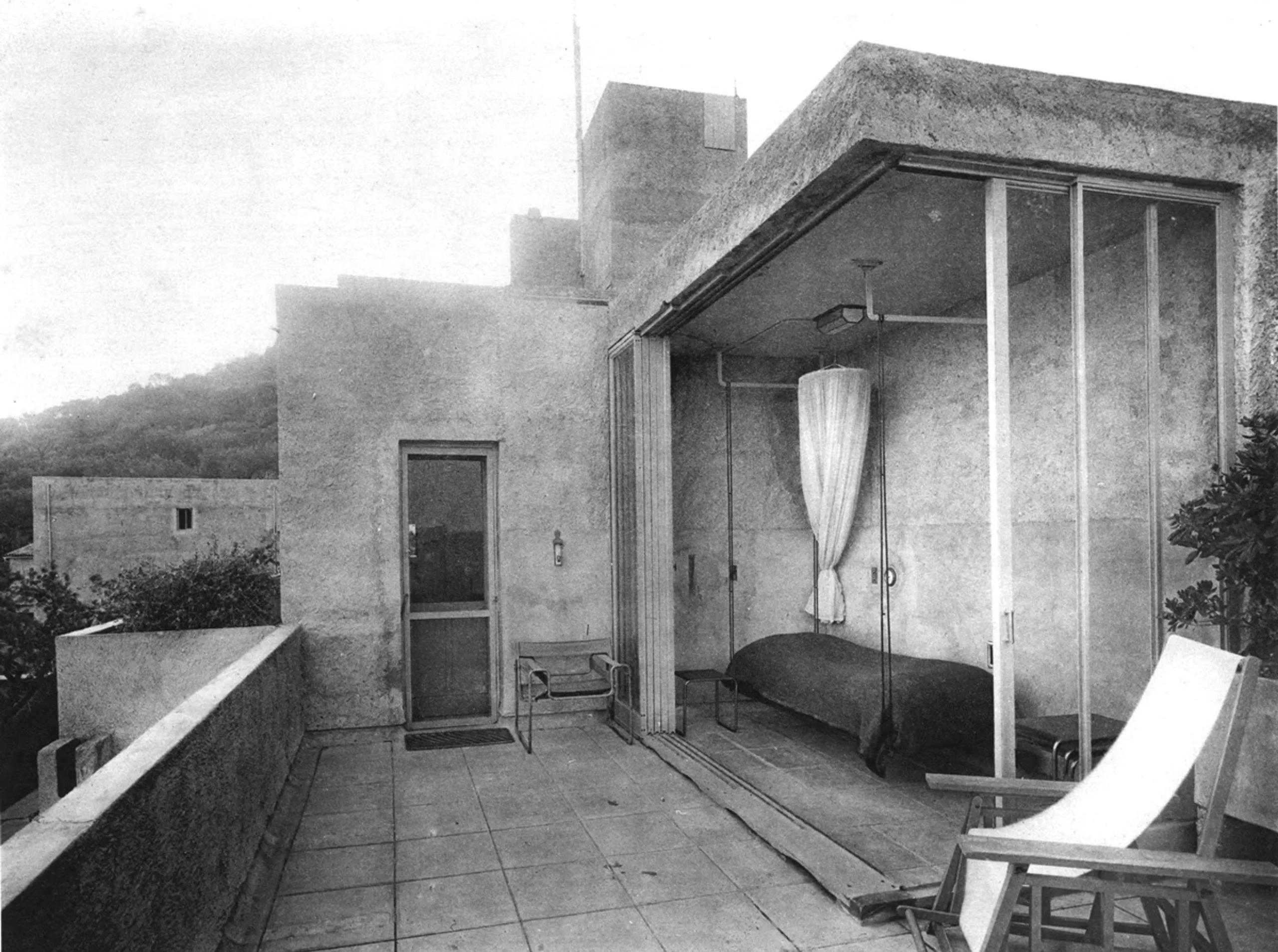
The commissioning of a modern res idence led Charles and Marie-Laure de Noailles to design an interior in accordance with this new architecture. The majority of the chosen designers were recommended by the architect Robert Mallet-Stevens, who was also responsible for designing the pool room deckchairs. The interior décor consisted of both specific commissions for individuel rooms – such as the dining room, which was entrusted to Djo-Bourgeois as early as 1924 – , as wall as a concerted programme of acquisitions.
The furnishing of their villa occurred over a number of stages, as the couple were to accord themselves the time necessary for visiting the exhibitions, in order to find the designs they wished to incorporate. For exemple, a dial, designed by Francis Jourdain and discovered at the Autumn Exhibition of 1922, served as the inspiration for the vllla’s clocks. The International Exhibition of Decorative, Industriel, and Modern Arts of 1925, was to reveal itself as a genuine source of inspiration, leading to the acquisition of a hanging bed by Pierre Chareau, stools by Mme Klotz, and “simultaneous” fabrics by Sonia Delaunay, which were literally transposed to their villa in Hyères.
The villa was home to both extremely refined designs, such as a rugby Eileen Gray for Marie-Laure’s bedroom, or a folding games table by Charlotte Perriand, as well as more industriel furnishings, manufactured by firms such as Smith & C0 (for the armchairs) and Ronéo (for the sheet metal tables and cabinets). Chareau’s inventiveness consorted with the elegance of Dominique. Louis Barillet was to create the stained glass ceiling and the Martel brothers designed a polyhedral mirror. The foldaway ironworks, designed by Jean Prouvé for the open-air bedroom, housed the furniture constructed of metallic tubes, designed by Marcel Breuer.
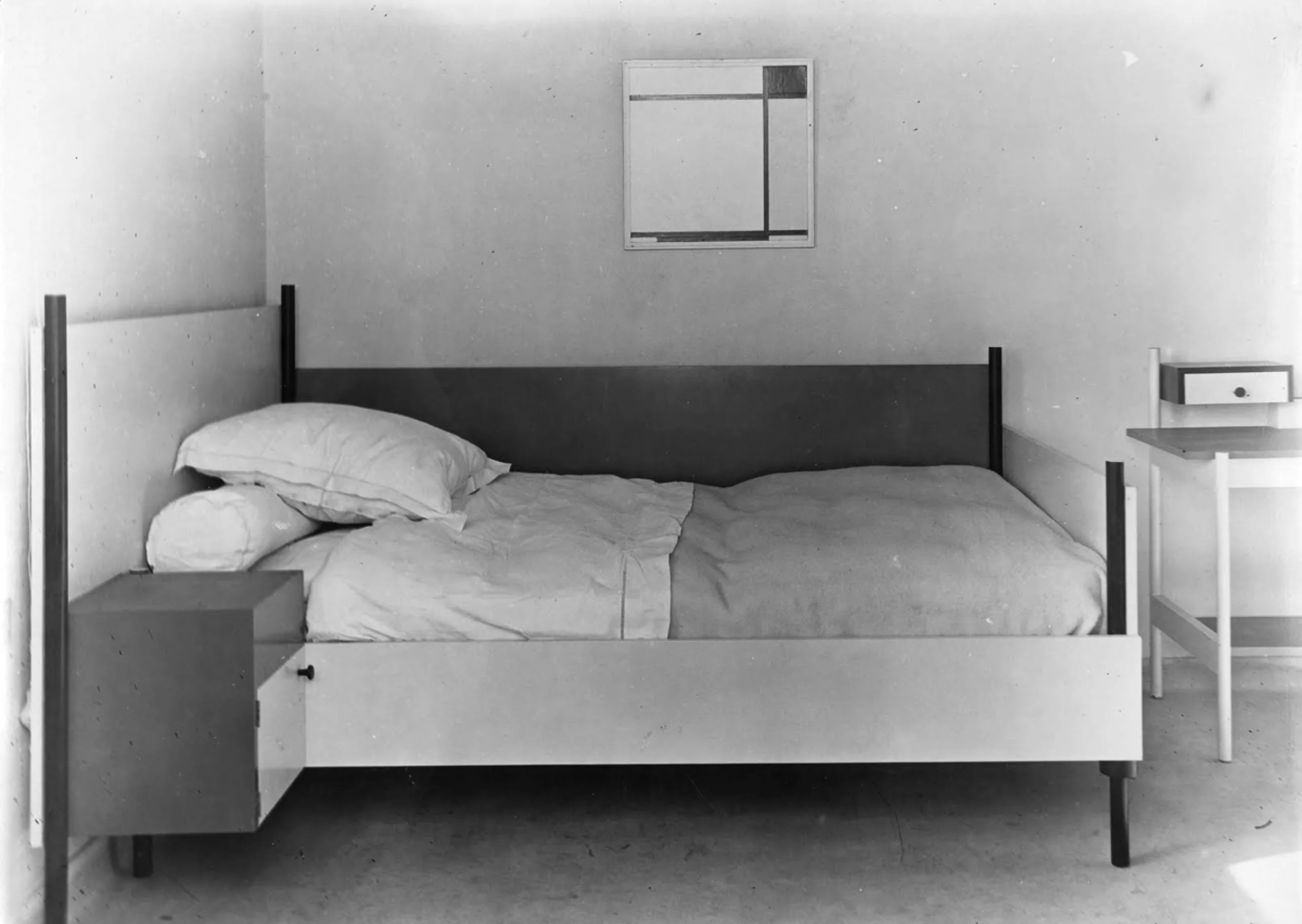
Two particular commissions, entrusted to Dutch artists, were notable for their radical nature. ln 1925, the artist and theoretician, Théo van Doesburg, was assigned with the composition of a geometric mural for the flower room and the architect Sybold van Ravesteyn was to create the entire design for the guest bedroom on the second floor. The French designer, Djo-Bourgeois, was often sought, particularly in 1926, with the extension of the dining room and the creation of four further bed rooms with fitted furniture. He was also to design an ingenious and colourful bar for the vaulted rooms in the annexe.
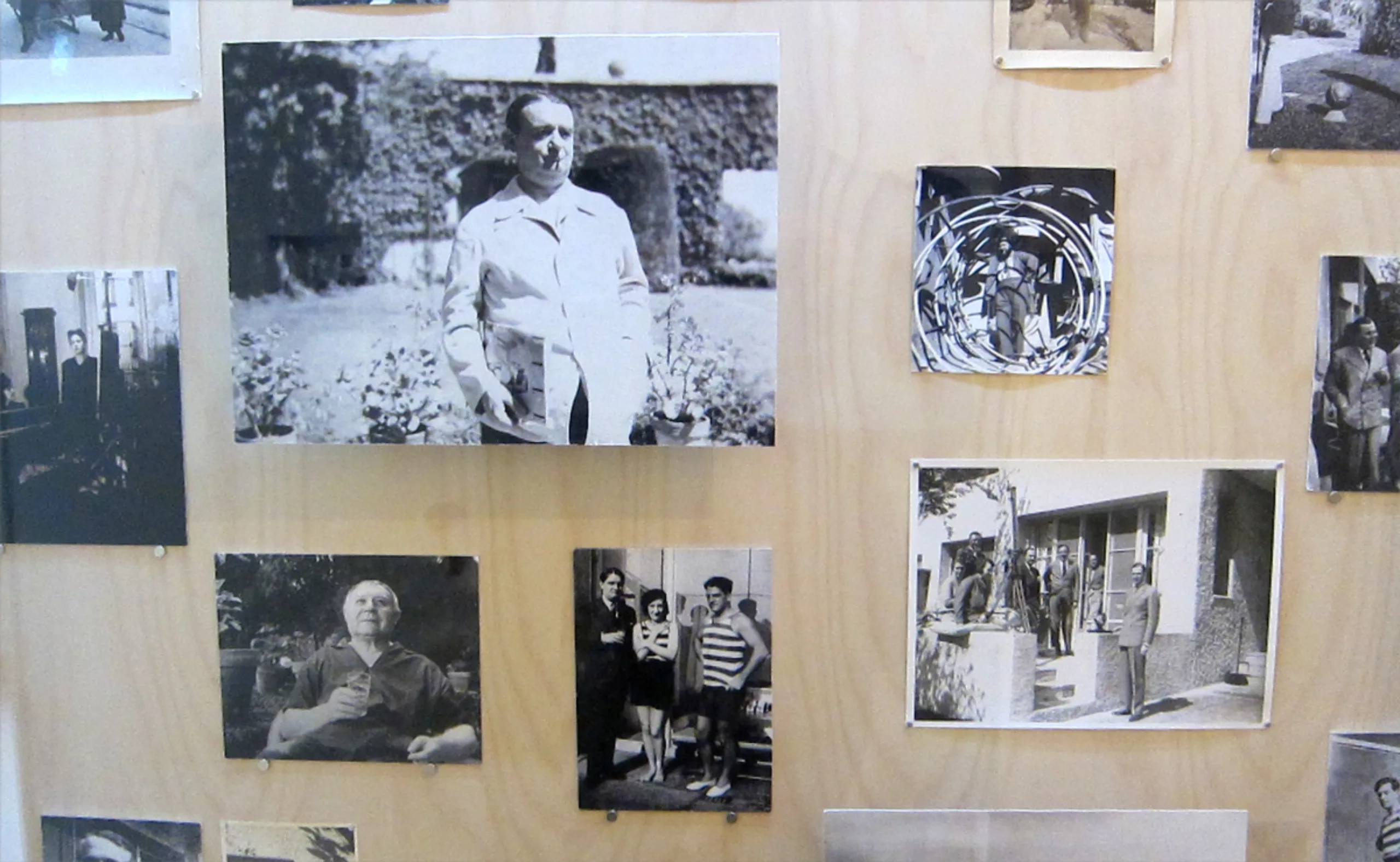
More about the villa
Text sources: Villa Noailles leaflet.
If you like history and design, we invite you to discover our series of articles on the great names in graphic design. And if you like architecture too, here is an article about Le Corbusier’s Couvent de la Tourette.

